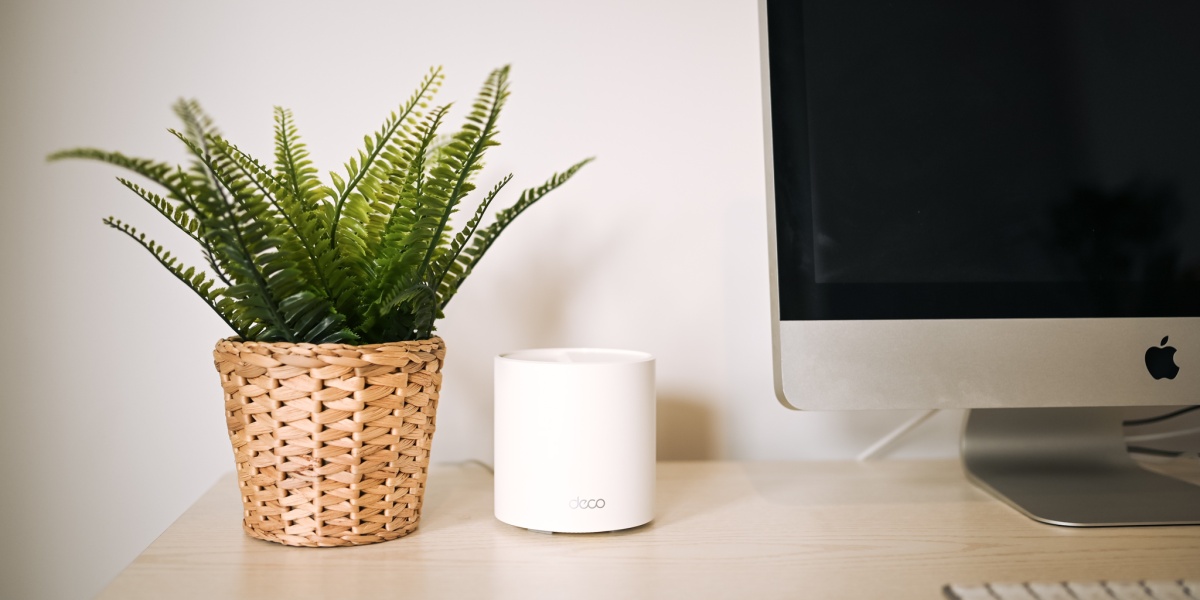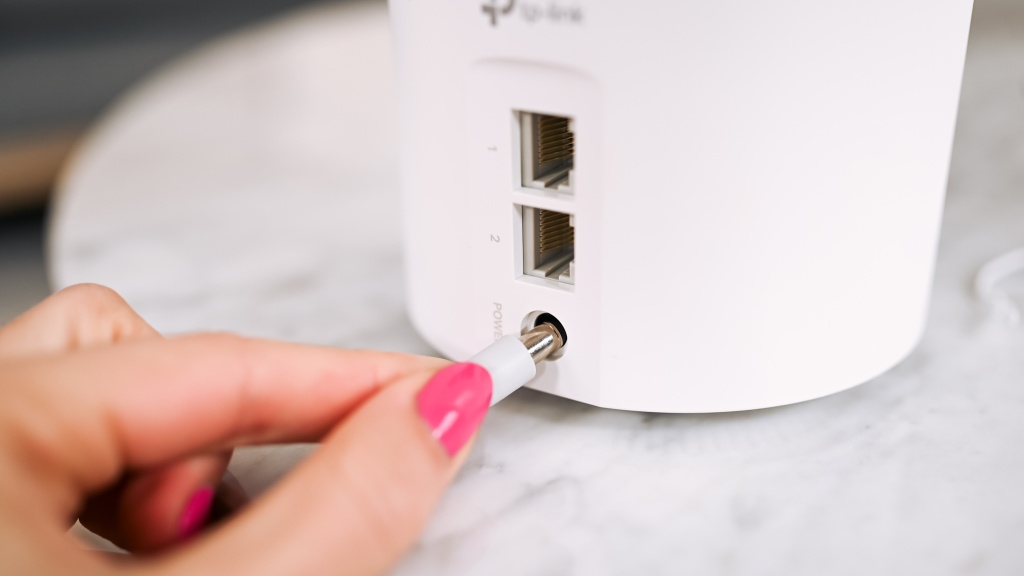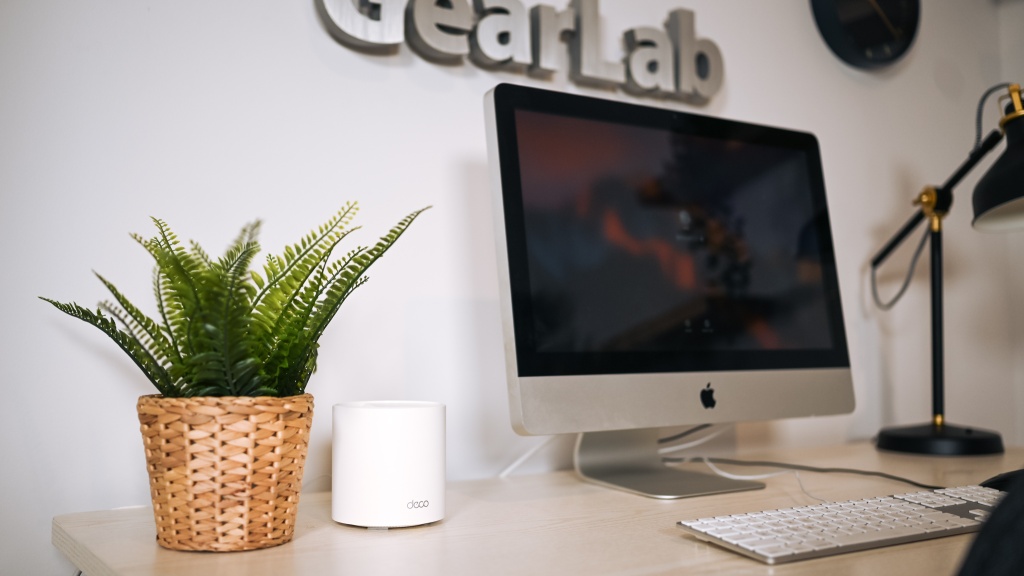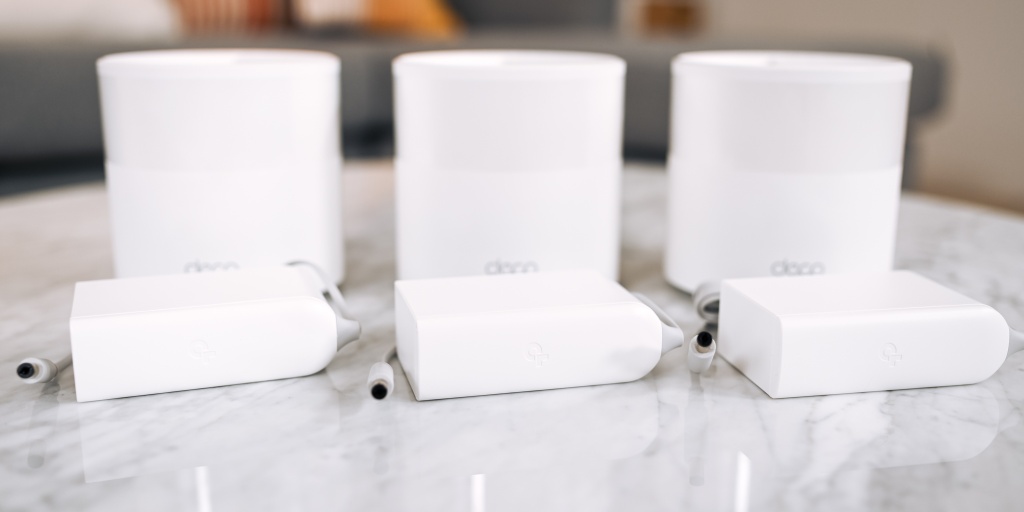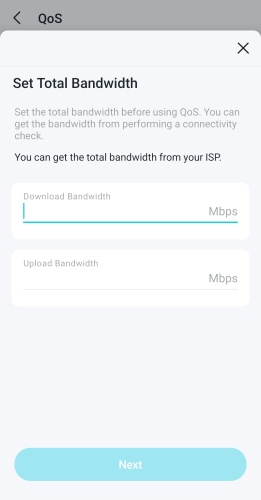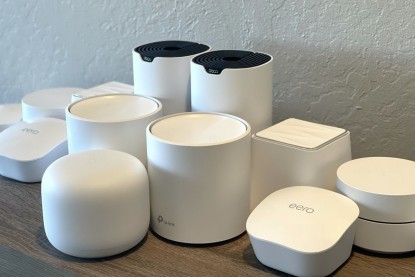Our Verdict
Compare to Similar Products
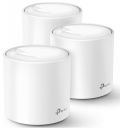 This Product TP-Link Deco X20 | |||||
|---|---|---|---|---|---|
| Awards | Best Overall Mesh System | Best Coverage | Best Bang for the Buck | ||
| Price | $270 List $139.99 at Amazon | $450 List | $338 List $76.49 at Amazon | $170 List $129.99 at Amazon | $148 List $109.99 at Amazon |
Overall Score  |
|||||
| Star Rating | |||||
| Bottom Line | A top-performing WiFi mesh system with MU-MIMO, WiFi 6, and OFDMA | A top-performing mesh router that looks great and comes with exceptional features | A budget-friendly mesh router that performs well and has great features | This middling router has good 2.4 GHz throughput for a low price point | A cheap option that doesn't do the job well |
| Rating Categories | TP-Link Deco X20 | Linksys Atlas Pro 6... | Google Nest WiFi | TP-Link Deco M5 | TP-Link Deco S4 |
| 2.4 GHz Throughput (35%) | |||||
| 5 GHz Throughput (35%) | |||||
| Range (20%) | |||||
| Ease of Use (10%) | |||||
| Specs | TP-Link Deco X20 | Linksys Atlas Pro 6... | Google Nest WiFi | TP-Link Deco M5 | TP-Link Deco S4 |
| Wi-Fi Version | WiFi 6 | WiFi 6 | WiFi 5 | WiFi 5 | WiFi 5 |
| Wireless Specification | Dual Band | Dual Band | Dual Band | Dual Band | Dual Band |
| Frequency | 5 GHz 2.4 GHz |
5 GHz 2.4 GHz |
5 GHz 2.4 GHz |
5 GHz 2.4 GHz |
5 GHz 2.4 GHz |
| Processor | 1.0 GHz Dual-Core | 1.0 GHz dual-Core | 1.4 GHz Quad-core 64-bit ARM | Qualcomm 717 MHz Quad-core | Qualcomm CPU |
| Memory | N/A | 256 MB Flash 512MB RAM |
4 GB Flash 1 GB RAM |
N/A | N/A |
| MU-MIMO | Yes | Yes | Yes | Yes | Yes |
| OFDMA | Yes | Yes | No | No | No |
| Beamforming | Explicit only | Explicit only | Explicit only | Explicit only | Explicit only |
| Security | WPA/WPA2/WPA3 - Personal WPA/WPA2 - Enterprise |
WPA/WPA2/WPA3 - Personal WPA/WPA2 - Enterprise |
WPA/WPA2/WPA3 - Personal WPA/WPA2 - Enterprise |
WPA/WPA2 - Personal WPA/WPA2 - Enterprise |
WPA/WPA2 - Personal WPA/WPA2 - Enterprise |
| LAN Ports Available | 1 | 3 | 1 | 1 | 1 |
| USB Ports | None | None | None | None | None |
| Antenna | 2 - Internal | 5 - Internal | N/A | 4 - Internal | 2 - Internal |
| Wall Mountable | No | No | No | No | No |
| Wireless On/Off Button | No | No | No | No | No |
| LED On/Off | Yes | Yes | Yes | Yes | Yes |
Our Analysis and Test Results
The TP-Link Deco X20 won its spot as one of our favorite mesh systems with its exceptional 2.4 and 5 GHz throughput performance. The unit's mobile app is user-friendly with great features. You can monitor your network status, prioritize specific devices, and set up parental controls. The nodes are sleek and minimal, allowing them to blend into almost any environment. Additionally, the nodes include two LAN ports on the back for ethernet backhaul or hardwired devices. This system is hard to beat with its top-notch coverage and speeds.
Performance Comparison
2.4 GHz Throughput
Most homes have WiFi dead spots of some sort. Naturally, walls and furniture are the culprits. Mesh systems work to eliminate dead zones by extending WiFi to all nooks and crannies. We tested various locations to see how well each system distributed the WiFi. Starting nine feet from the router, we assessed the throughput of each mesh system. We then obstructed the path with a wall, reassessing the connection strength. This test was performed again at 35 and 70 feet. At each location, we took three measurements and averaged those together. These measurements are worth 35% of the overall score.
The Deco X20 performed exceptionally well in this test. At each location, this unit led the pack in megabits per second (Mbps). Only at the 35-foot obstructed point did it drop slightly in performance, but it was still far above average. The system remained above 100 Mbps until the 70-foot obstructed mark. Here, the speed fell to 20 Mbps. Although this appears to be a large jump, our lineup averaged 15 Mbps at this location. Because the nodes are moveable, should you find yourself consistently this far away, you can simply move the node to be closer.
5 GHz Throughput
To assess the throughput of the 5 GHz, we followed the same steps as the 2.4 GHz test. We started by testing the connection at a short distance of nine feet. We then moved to a midrange location 35 feet away. Then, a distant location 70 feet away. The nine and 35-foot tests were conducted with an unobstructed and an obstructed path. The 70-foot path was only assessed with an obstructed path as most buildings won't offer an open 70-foot room.
The Deco X20 performed well in this test, only dropping off at mid to long-range distances. Our short-range obstructed and unobstructed measurements revealed speeds of 360-365 Mbps. Most of the others in our lineup struggled to reach 350 Mbps. The system dropped substantially at the 70-foot obstructed point with speeds of 52 Mbps. This was slightly above average.
Range
For our range test, we played a YouTube video on 1080p and then walked away from the router in 10-foot increments. As soon as the video started buffering, we noted the distance we had traveled. We tested this on both the 2.4 and 5 GHz channels.
The TP-Link Deco X20 had a great range of 90 feet on the 2.4 GHz channel. Likewise, on the 5 GHz channel, the system lasted for 110 feet before buffering. This mesh system includes three intersecting pathways (nodes), so you should never be too far from one. Additionally, you can change the location of the nodes should you find yourself in one location more often than another. This change can easily be managed in the app. However, those with large backyards might be interested in this extensive range.
Ease of Use
We assessed the simplicity of the mobile app, full setup, QoS, and additional features. The X20 is set up using the Deco application. Simply download the app to your phone and start the setup process. The app will walk you through the steps of setup, which include plugging in your Deco unit to the modem. The process is pretty straightforward. Once the app is connected to the system, the app will finish the setup for you. After which, you'll be able to begin setting up your WiFi name and password. You can easily add other Deco mesh products to expand your network at any time. Unfortunately, no computer option is available for this setup process.
Once you've gone through the steps on the app, you'll have access to the features. This includes WiFi settings, QoS, and parental controls. In the parental controls, you can create different user profiles. Within each profile, you are able to set time limits, block content, and monitor usage. We appreciate the ability to change these settings within each profile. This might be very useful for families with multiple children who are of different ages or for restriction progression as the kids get older. In each profile, you can restrict and block specific sites or content within certain categories like gambling, adult content, social networking, and more.
The app also has a Quality of Service (QoS) feature. Through this feature, you'll be able to set bandwidth priorities. Though we appreciate this, we weren't extremely impressed with this system's QoS. It only lets you specify upload and download speed caps. This was quite disappointing as other systems allow you to allocate more or less bandwidth for different functions like streaming, gaming, messaging, and more.Within the WiFi settings, you are able to change the network name or password. You will also be able to set up a guest network. Any of these features can be accessed from anywhere as long as the app is downloaded and connected. Additionally, you can test the internet speed at any point.
Should you buy the TP-Link Deco X20?
The TP-Link Deco X20 is one of our favorite WiFi mesh systems. It did exceptionally well in our tests and has advanced features like WiFi 6, MU-MIMO, and OFDMA. This is great for large families or those with lots of smart devices. The system also has great additional features like parental controls and QoS. We appreciate how easy it is to add additional nodes. Expanding the WiFi coverage can be done with any Deco mesh system, not just the X20 model. We would happily recommend this system to our families and friends.
What other WiFi mesh system should you consider?
Though this was one of our favorite systems, we also tested many others. Another top performer is the Linksys Atlas Pro 6. This unit has many of the same features but a larger range. Unfortunately, this system is quite a bit pricier than the Deco X20. For a mesh system that is better on a budget, check out the Google Nest WiFi. This unit is great for those who already have smart homes with Google devices. Both the Linksys Atlas and the Google Nest have great features, including parental controls and device prioritization.


